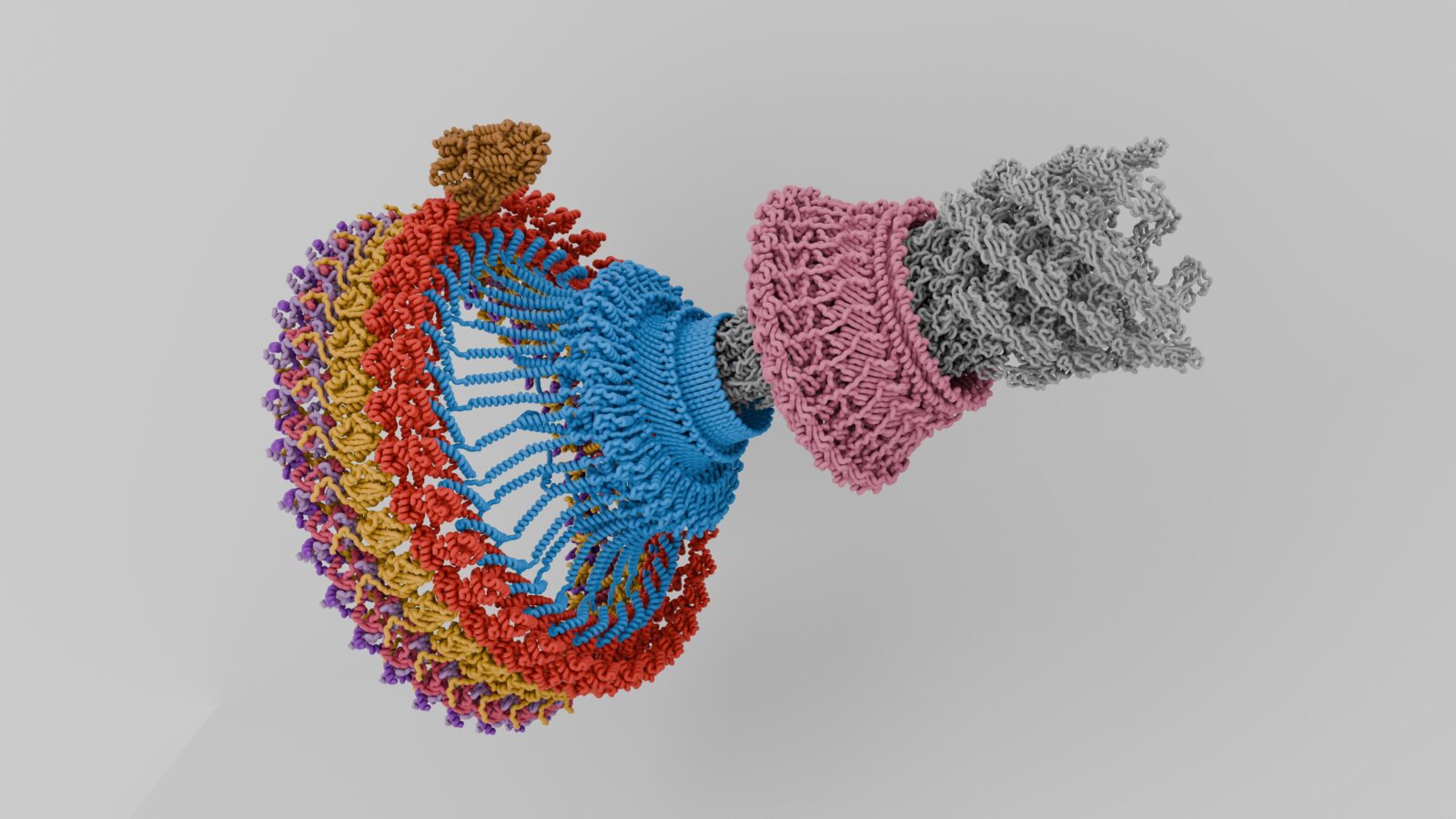The Bacterial Flagellum: A Marvel of Nanotechnology
It’s one of the rock stars of intelligent design. ID theorists make a fuss over it and rightly so. But even non-ID scientists admit to getting an “awe-inspiring feeling” from the “divine beauty” of the humble bacterial flagellar motor. And why not? It’s a marvel of engineering that originated long before human engineering existed. On this ID The Future, host Andrew McDiarmid asks Dr. Jonathan McLatchie to remind us why this tiny nano-machine is such a big deal.
For those new to the flagellar motor or to intelligent design in general, Dr. McLatchie first explains what the motor is and what it does. You’ll recognize parts that are eerily familiar to us from our own building – hooks, drive shafts, rods, bushings, bearings, and the like. Dr. McLatchie’s descriptions of the flagellar motor get a bit technical at times, but don’t worry – there’s no quiz at the end! Plus, getting a taste of the sheer complexity of life is actually a good thing. As Michael Behe puts it in his landmark book Darwin’s Black Box, to appreciate the complexity of living things we simply must experience it.
Dr. McLatchie also explains the concept of irreducible complexity: when purpose, function, constraints, and structural requirements align to produce an essentially irreducible system. If any one of the subsystems or components of the bacterial flagellar motor were removed, the apparatus would cease to function. Irreducible complexity is a hallmark of intelligence and foresight, a feat well beyond the abilities of a blind, Darwinian process.
Tune into this refresher on one of the icons of intelligent design!
Dig Deeper
- Read the article that inspired this conversation: The Bacterial Flagellum Revisited: A Paradigm of Design
- Read Casey Luskin’s article at Evolution News: New Paper Investigates Engineering Design Constraints on the Bacterial Flagellum
- Watch a video animation of the bacterial flagellum:
